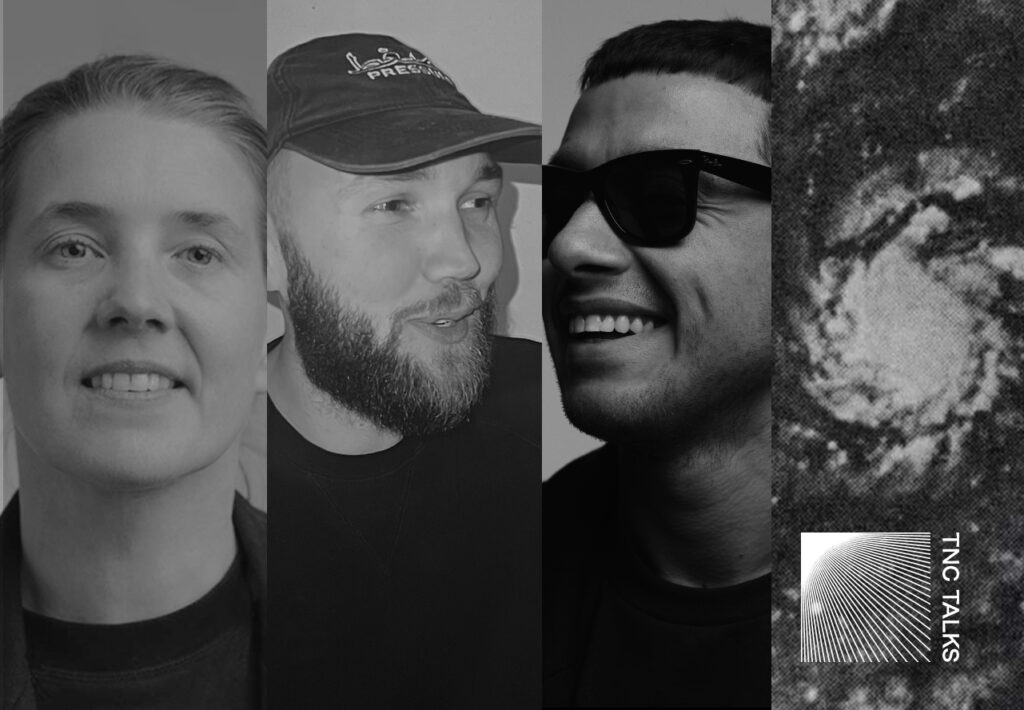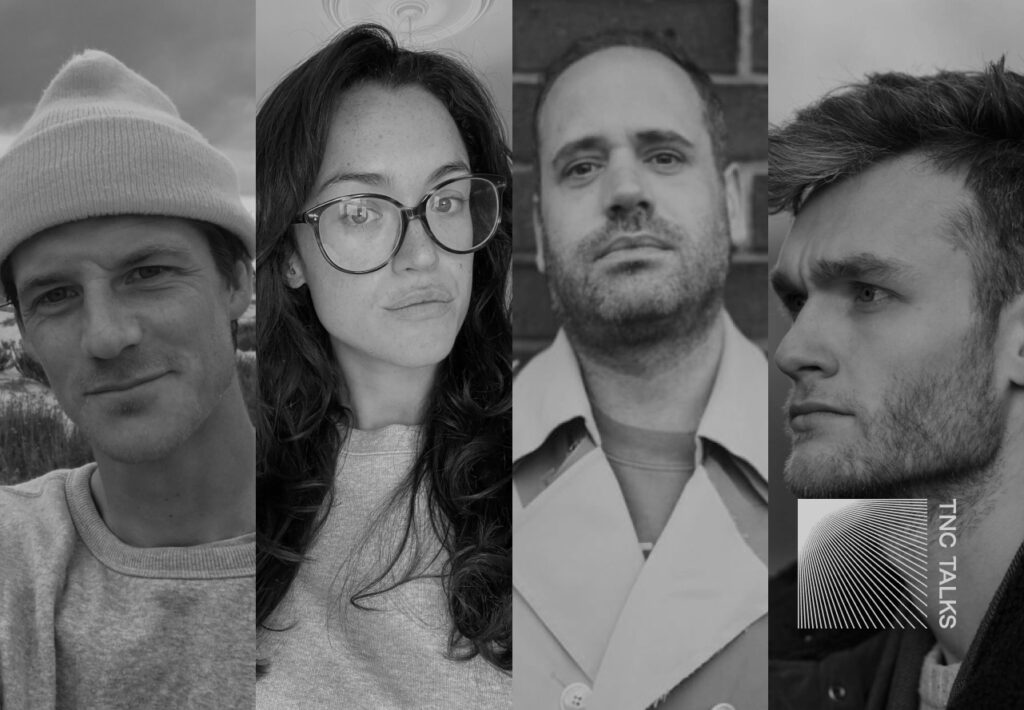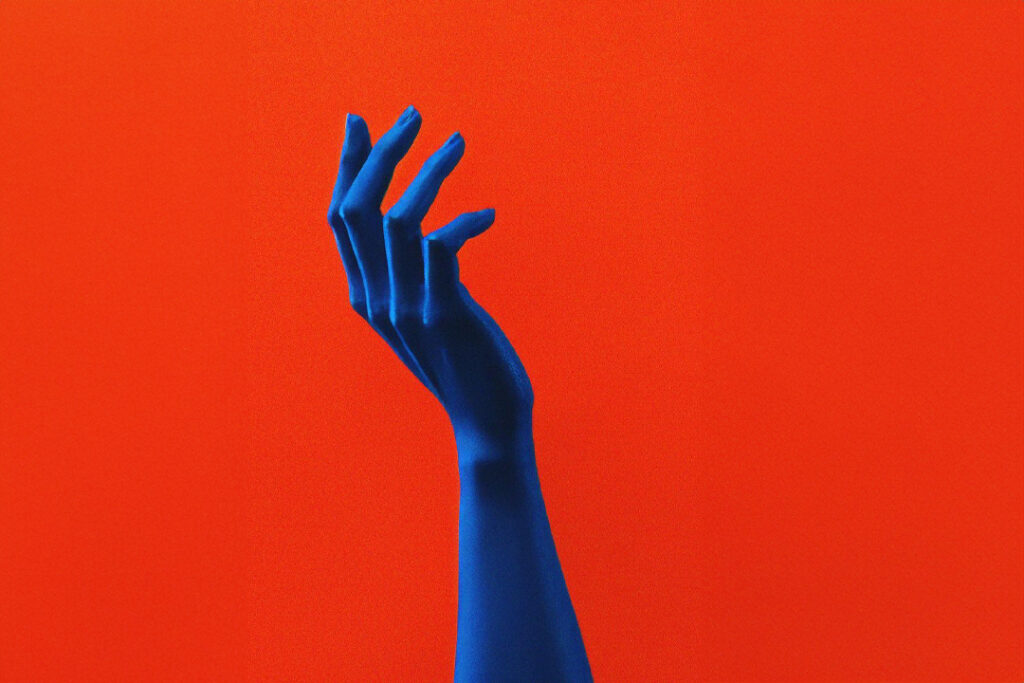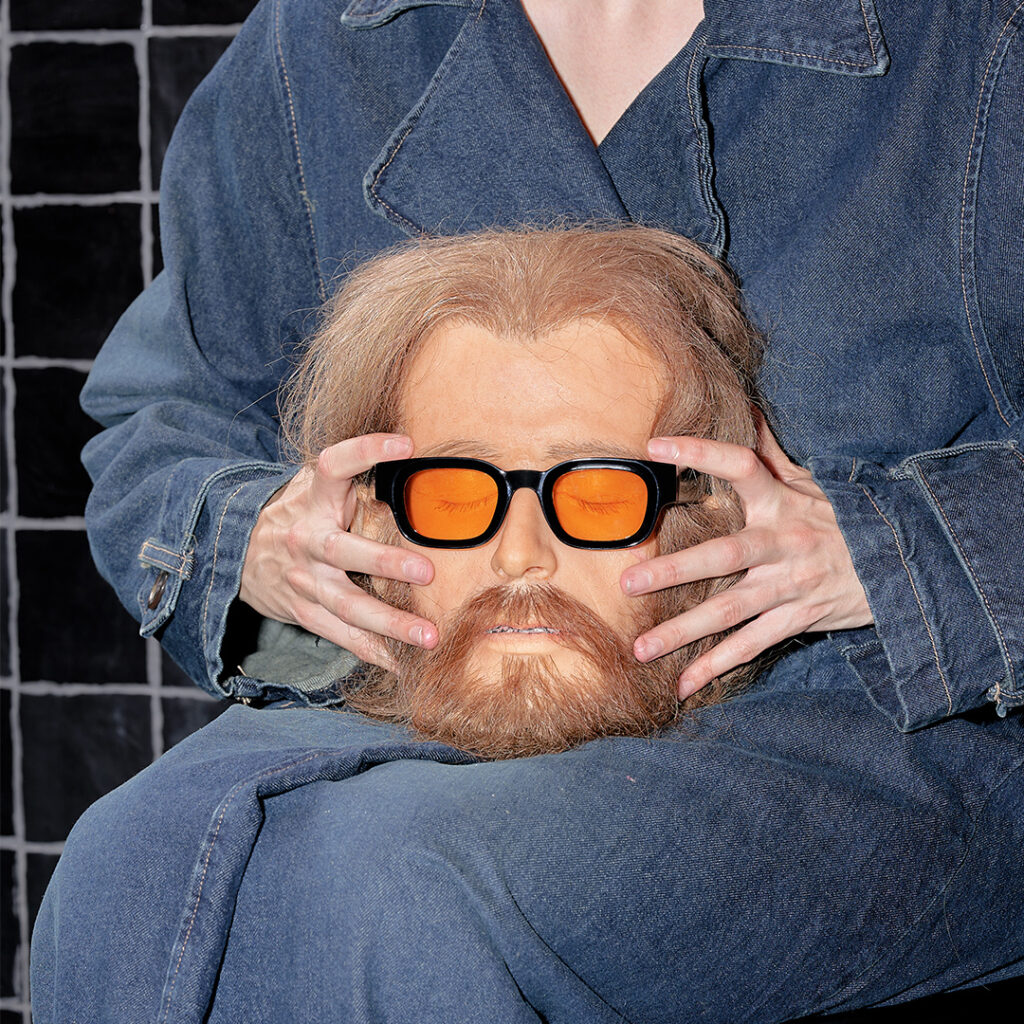Back in the 1990s, Rafael Sliks used to piss off teachers and school cleaners. He was that kind of kid that would scribble graffiti all over his desk, rather than writing down the lessons in a notebook. Each tag was worth a thousand words.
The story of Rafael, as many other Brazilian artists, is rooted in the so-called Pixação culture.
Born in São Paulo, “Pixação” is defined as the art of writing words, tags, texts or even drawing stylized images. The term comes from “covering with tar”, given that usually, the graffitis are made with dark, black paint.
This ‘lower’ version of graffiti is considered a crime in Brazil… As if a tag can never be a form of art.
Hey, we are talking about breaking the rules here!
Just like pixação, Rafael is also from São Paulo, and the influence of an art-filled city inspired him to become the graffiti artist he is today.
Sliks is not only a graffiti tagger, despite being known for spreading his signature all over the world.
Influenced by the likes of Jackson Pollock, Picasso, Dalí, and many others, he has evolved into a multifaceted artist. Working with graffiti led him to experiment with painting canvas, where he mixes acrylic painting and spray painting, as well as photography.
Rafael claims that right there in the classroom, is where his professional life as a pichador and graffiti artist started.
His ‘tag’ was his first work of art, and that kept him anonymous, which allowed him to work without any sort of interference or expectation, but also to not fall into any ego trap born out of a desire for fame.
In the end, it was his talent, and how his art changed São Paulo’s facade, that earned him his talent.
The fact is that São Paulo is a massive canvas and a huge challenge for pichadores. With tempting towering buildings adorning the city skyline, the rush of getting caught by the police at any time for “damaging” a property, is ever present.
“Pixação is unique to São Paulo, and I started writing on the streets there. It’s all letters, straight lines, and sharp edges. The challenge is to climb a building façade and write your pixados on a free piece of wall that has never been touched by any of the other pichadores”, he described in an interview with Amsterdam Street Art.
It is hard to go by a wall or a building without seeing at least one piece of intervention, and the busy movement of the city inspires Rafael. Still, there’s always the need for silence. “I get my inspiration from urban life and nature. The mix is very important to me, as I live in São Paulo, where there is a lot of traffic and information. It is a very big city and it gives me a lot of inspiration, but I need nature as well to breathe, and to give me new energy so I can focus.”
Rafael spreads his art all over the city, using a particular spray nozzle called “fat cap”, with which he transforms the thin line into thicker abstract art.
As the years went by, Rafael gained exposure for his compositional skills, and for drawing surreal universes in his urban interventions.
It is not uncommon to spot Rafael’s interventions around the city if you look out for his work.
As an artist, he has also dabbled in photography, and found a way to mix graffiti and portraits in a series of work called “Tags Face” – which the eyes of the conservative or traditional soul might misconstrue as a photo “ruined” by pichação.
The thing is: in a world faked by Instagram filters, why not make it better with graffiti?
The Tags Face project is made up of portraits that transform people’s identity. The models are photographed and chosen by Rafael himself.
“I choose the models myself and I photograph them myself. The tags I spray over the picture, but I leave the eyes free. For me, it is all about the eyes. The eyes are the centre. If you talk to people and they do not really look at you there is no connection. If you see the eyes, you can see the people, you know what they are all about. Sometimes I call friends; I want to know the person, not just use the model as a pretty face.”
Rafael Sliks to Amsterdam Street Art
Rafael’s tag on their face is a statement, filtering the identity behind the model.
Even though Rafael keeps his identity anonymous in a city where tagging art is considered a crime, he has gained quite international exposure. Thanks to his tag being all over São Paulo and his unique style, he has gone from being a local criminal to an international artist.
He has murals and tags in Paris, Tokyo, Taiwan, Miami, and many other places, that he lets people find for themselves.
Sliks has also exhibited his art in galleries in the United States, Europe, and Australia.
In 2017, he was invited to take part in Urban Spree Galerie’s Art Residency Program, which is based in Berlin.
With the work he developed, he showcased an exhibition called “Ambivalence“.
In 2019, Rafael collaborated with the Los Angeles-based streetwear brand Ewkuks, in a project which is still available online.
With his traditional writing and the phrase “Don’t trust a smiling cat”, he added a cool style to the already coolest of cats Garfield, the famous orange lasagna-loving pet, and also redecorated the whole shop.
Check it out:
With Brazil being the epicenter of covid-19, Rafael has joined the Vista project, accompanied by artist/activist Criola, in order to raise funds for organizations dedicated to assisting young people and kids.
“Juntando Peças” (“Putting Pieces Together”) was a virtual art project where they used VR to create graffiti arts sold via the platform.
Recently, Rafael’s work was exhibited in Brussels at the Galerie Martine Ehme. For now, due to the pandemic, we will have to wait for whatever he may surprise us with next!
In the meantime, you can visit his official website or follow him on Instagram to see more of his work.













